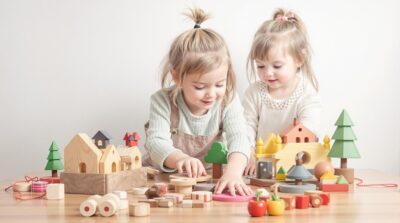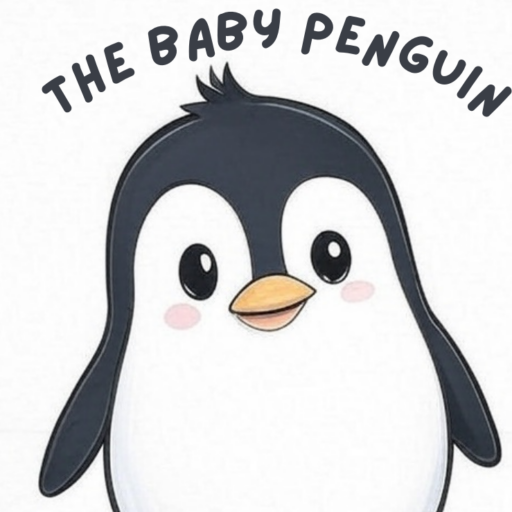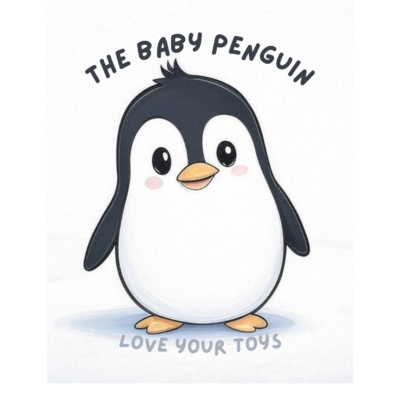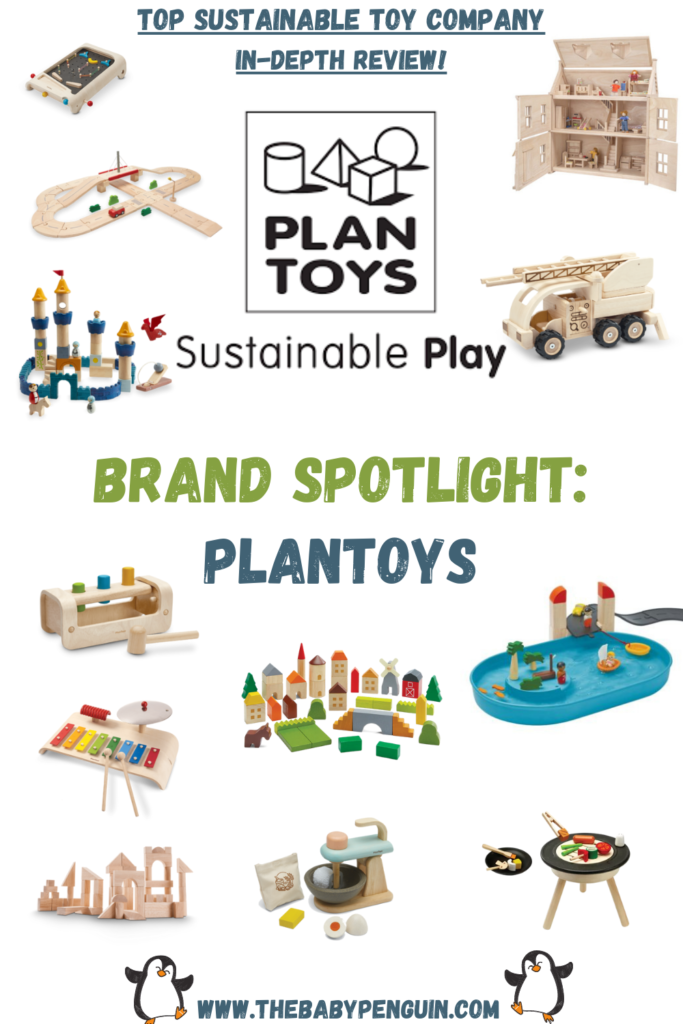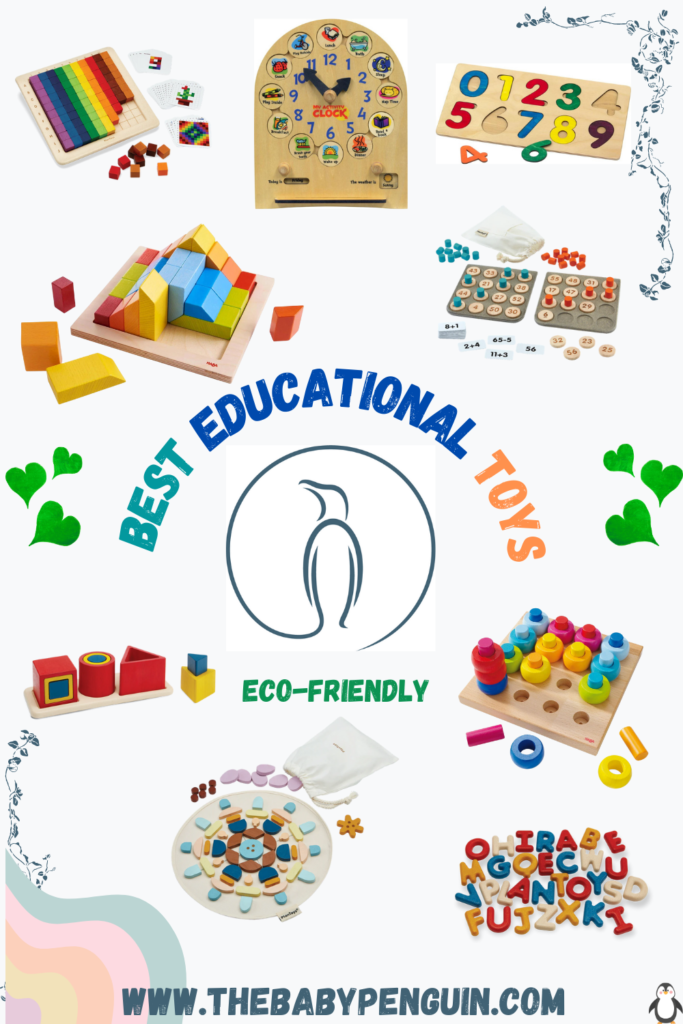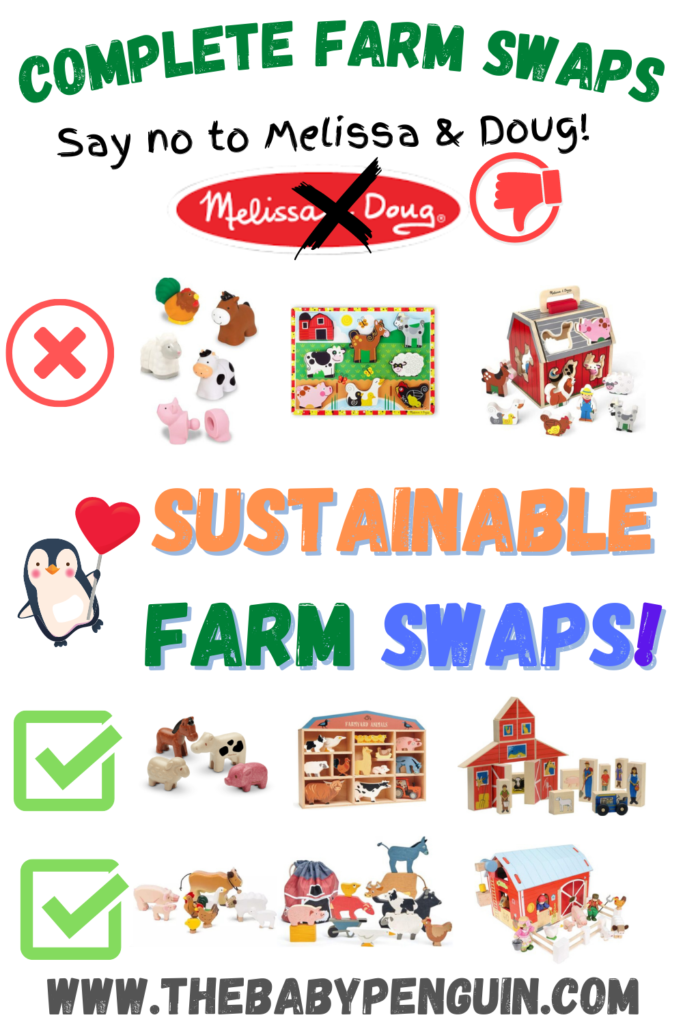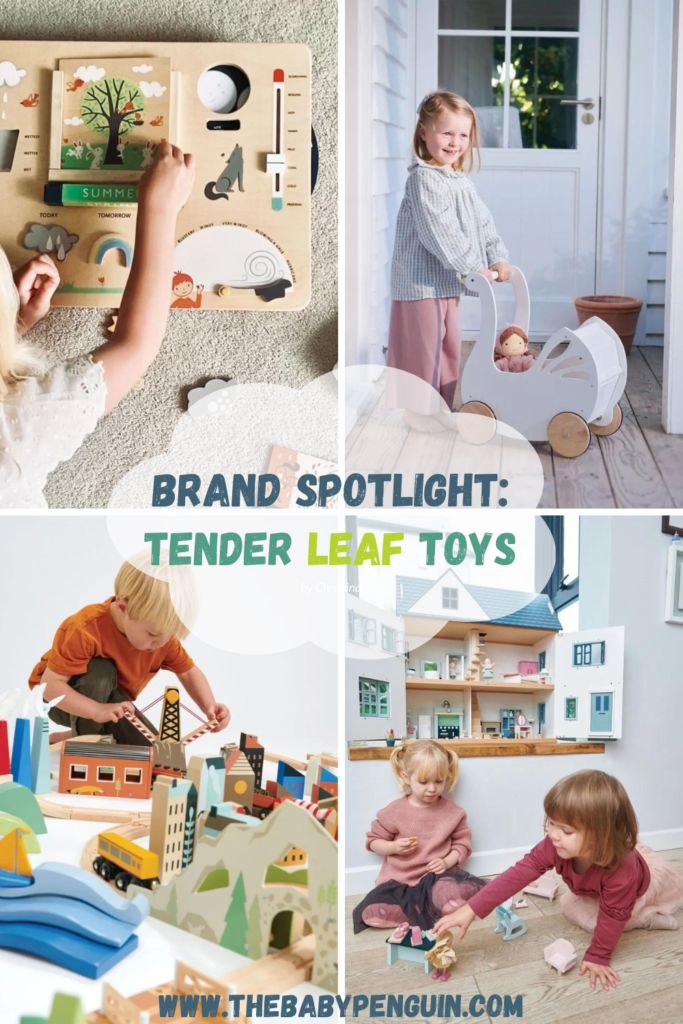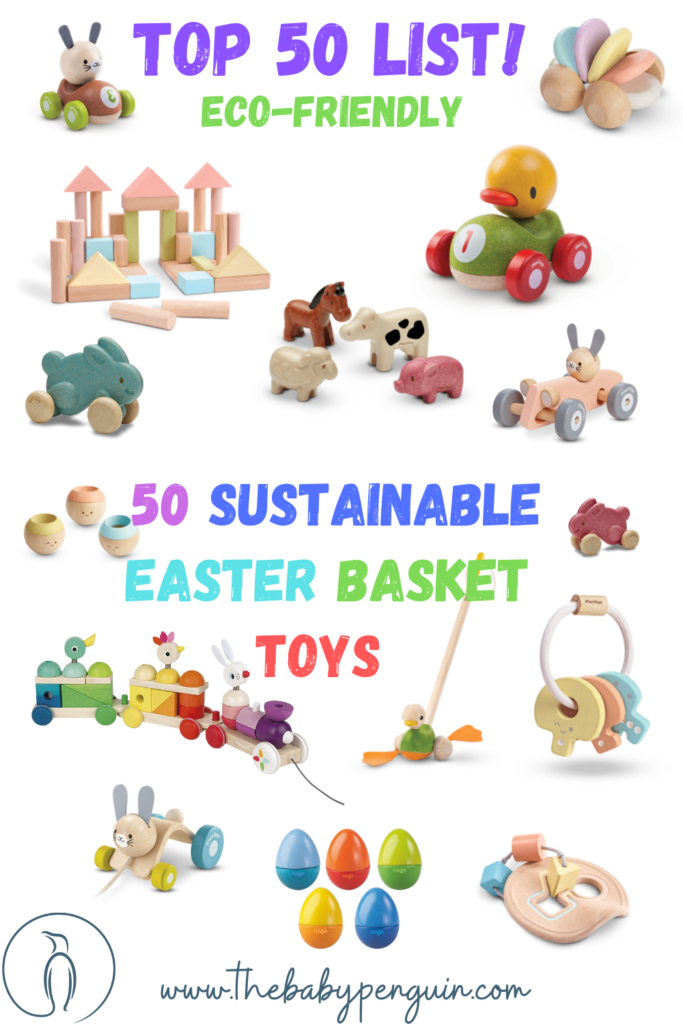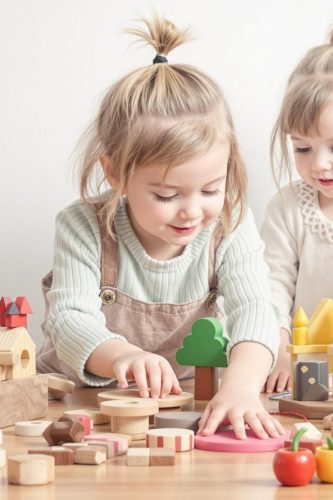In a world dominated by electronic gadgets and digital entertainment, wooden toys stand as timeless classics that offer unique developmental benefits for children. These simple yet versatile playthings have been cherished for generations, and for good reason. Let’s explore how wooden toys contribute significantly to your child’s creativity and overall development.
Table of Contents
ToggleThe Natural Appeal of Wooden Toys
Wooden toys have an inherent warmth and appeal that plastic alternatives often lack. Made from natural materials, they connect children to nature while providing a sensory experience that’s both tactile and visually pleasing. The weight, texture, and even smell of wooden toys engage multiple senses, creating a richer play experience that stimulates cognitive development from the earliest ages.
Unlike many modern toys with flashing lights and predetermined functions, wooden toys are beautifully open-ended, allowing children to determine how they’re used. This quality makes them powerful tools for imaginative play and creative thinking.
Fostering Imagination and Creative Thinking
One of the greatest strengths of wooden toys is their simplicity. A wooden block can become a phone, a car, a building block, or part of a tower. This versatility encourages children to use their imagination and think creatively about how objects can be used and combined.
When children play with wooden toys like building blocks, stacking rings, or simple figurines, they’re not just playing—they’re creating worlds, solving problems, and developing narratives. These activities strengthen neural pathways associated with creative thinking and problem-solving abilities that benefit them throughout life.
Developing Fine Motor Skills and Coordination
Wooden toys offer excellent opportunities for developing fine motor skills. Manipulating wooden blocks, threading beads, or fitting pieces of a puzzle together requires precise movements that strengthen small muscles in the hands and improve hand-eye coordination.
Simple activities like stacking blocks help children understand concepts of balance and stability. Wooden puzzles challenge them to recognize shapes and spatial relationships. These fundamental skills form the building blocks for later academic success in areas ranging from handwriting to mathematics.
Learning Through Play: Cognitive Development
Wood toys provide rich opportunities for cognitive development. Sorting games with wooden pieces help children categorize objects by color, shape, or size. Building with blocks introduces basic physics concepts as children discover what makes structures stable or unstable.
Many wooden toys incorporate elements that teach counting, pattern recognition, and even basic math. These educational aspects are seamlessly integrated into play, making learning natural and enjoyable rather than feeling like a formal lesson.
Building Concentration and Patience
In our fast-paced world where instant gratification is common, wooden toys encourage focus and patience. Building a tower of blocks requires concentration. Completing a wooden puzzle demands persistence. These quiet, absorbing activities help children develop longer attention spans and the ability to focus on tasks until completion.
These qualities become increasingly important as children enter school environments where sustained attention is essential for learning. The foundation built through play with wooden toys helps children develop the self-regulation needed for academic success.
Social Skills and Cooperative Play
Wooden toys often lend themselves naturally to social interaction. A set of blocks becomes a collaborative building project. A wooden train set invites multiple children to create and navigate tracks together. These shared experiences teach turn-taking, cooperation, and communication skills.
Through collaborative play with wooden toys, children learn to negotiate, share resources, and work toward common goals—all essential social skills that will serve them throughout life.
Sustainability and Environmental Awareness
Beyond developmental benefits, wooden toys offer an opportunity to introduce children to concepts of sustainability. High-quality wooden toys are often more durable than plastic alternatives, lasting through multiple children and even generations.
Many wooden toy manufacturers prioritize sustainable forestry practices and non-toxic finishes, making them environmentally friendly choices. By choosing wooden toys, parents can align their purchasing decisions with values of environmental stewardship while teaching children to appreciate natural materials.
Conclusion: The Timeless Value of Wooden Toys
In a toy market filled with high-tech options, wooden toys remain relevant and valuable for child development. Their simplicity, versatility, and natural properties make them powerful tools for fostering creativity, building essential skills, and encouraging healthy development across multiple domains.
By incorporating wooden toys into your child’s play environment, you’re not just providing entertainment—you’re offering rich opportunities for growth, learning, and creative expression that will benefit them far beyond their childhood years. These timeless playthings represent an investment in your child’s development that continues to pay dividends long after the play session ends.

